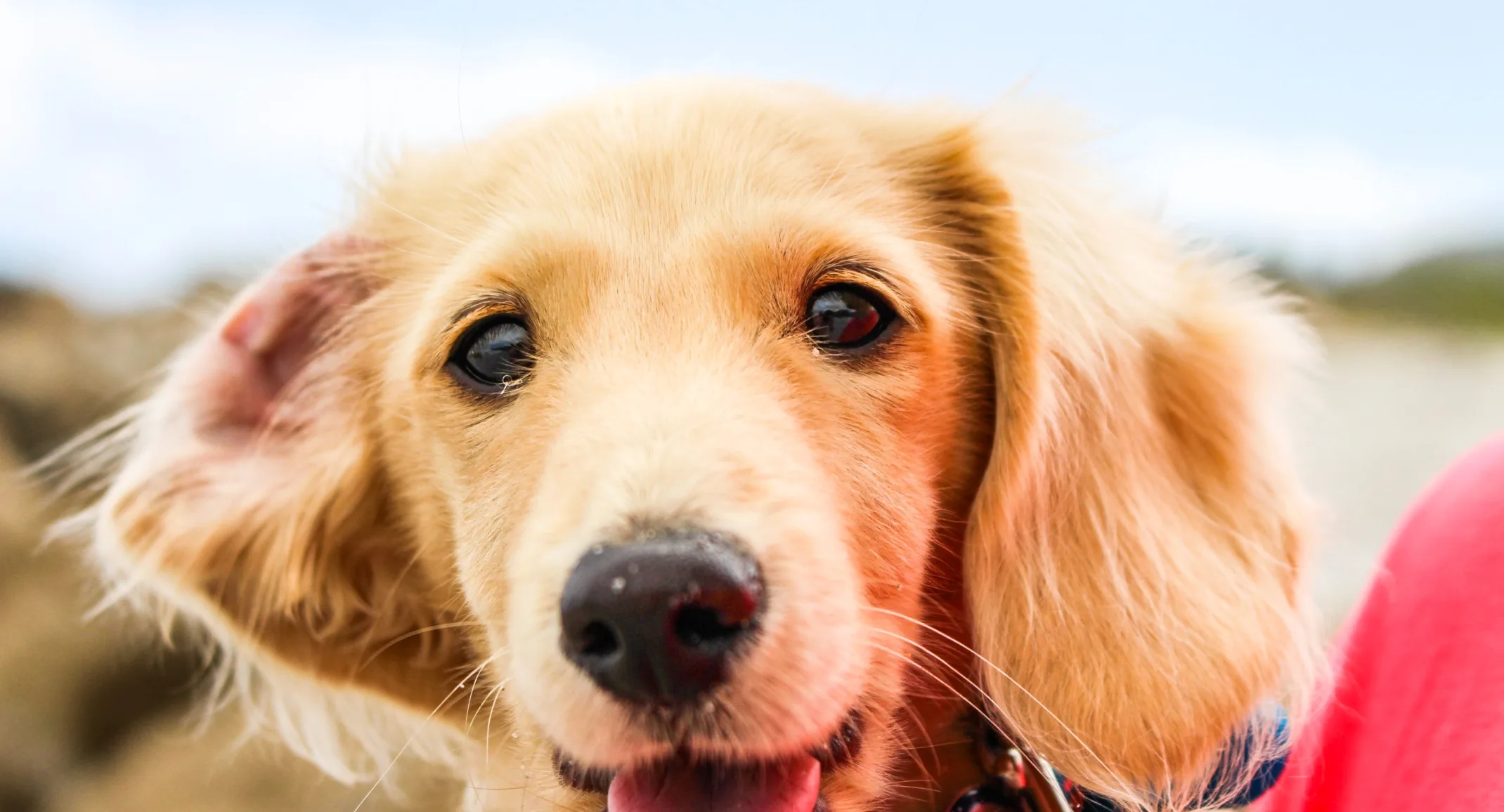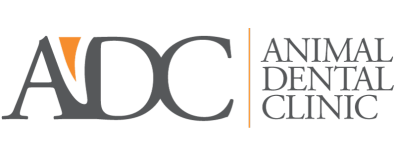General dentistry is an integral part of what we provide at Animal Dental Clinic.
While there isn’t a formal definition of “general veterinary dentistry,” when most people hear this term, they think “teeth cleaning.”
General dentistry is similar to that in humans with few important differences. The term “teeth cleaning” alone doesn’t usually describe the dental treatment that most pets require.
When we humans go to a dental office, we meet with a dentist who performs oral diagnostics such as an oral examination, dental radiographs, and periodontal probing. If all is well, we return for a separate visit with a dental hygienist for a teeth cleaning, or, we may require other treatments to be performed by the dentist or a specialist, usually at yet another visit.
Because dogs and cats require anesthesia to safely and thoroughly allow oral examination, dental radiographs, periodontal probing, teeth cleaning, and any other treatment needed, all of these are generally combined into a single diagnostic/treatment session. Since the teeth technically do get cleaned during this visit, it’s easy (and common), but inaccurate, to refer to this set of procedures as “teeth cleaning.”
Teeth cleaning alone is an appropriate treatment for a pet who has been determined (based on complete oral examination, dental radiographs, and periodontal probing) not to have any significant oral disease that requires treatment. This would be a patient whose only finding is gingivitis. This patient is comparable to a human who visits their dentist for a routine check-up, has perfect dental radiographs, no caries (“cavities”) other issues to treat, and returns to their hygienist for cleaning.
Most often, by the time a dog or cat is presented to their veterinarian for “bad breath,” oral pain, loss of oral function, or some other complaint of oral problems, that pet has oral disease more significant than gingivitis alone; usually periodontitis, with or without other problems. When this is the case, other treatments (determined by the veterinarian based on the oral diagnostics performed) are the most important step to returning the pet’s mouth to a normally-functional, pain-free state. Teeth cleaning is still performed, but only removing plaque and calculus from an otherwise-diseased oral cavity is insufficient.
If you suspect that your pet may have an oral or dental problem, schedule a visit with your veterinarian, or Animal Dental Clinic to make a plan.

